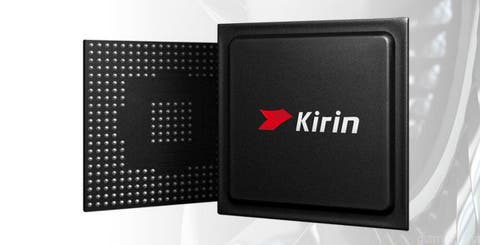In recent times, there have been a couple of speculations regarding Huawei and its upcoming launch event. The company is expected to release the Huawei Mate 40 series later this month. While some speculations claim that the series will arrive in the middle of October, others say it will be at the end of October. However, the Mate 40 series will use a new Kirin 9000 SoC, which could be Huawei’s last flagship processor. According to recent reports, Huawei is now set to unveil the Kirin 9000 SoC. Recall that there have been uncertainties over the availability of the new Kirin chip.
The recent report claims that Huawei is ready to release the Kirin 9000 processor this month. Whether this chip will launch in the same event as the Mate 40 series remains to be seen. However, the Kirin 9000 is an upgrade of the Kirin 990 5G which uses TSMC’s 7nm+ EUV3 process. The Kirin 9000 uses TSMC’s latest process in mass production, 5nm process.
Of course, the Mate 40 series will be the first to use this chip. We expect to see the Huawei Mate 40, Mate 40 Pro, Mate 40 Pro+, and probably a Porsche Edition. In addition, there are also reports that Huawei’s flagship tablet will use this chip. This is quite surprising considering the availability of the Kirin 9000 SoC.
Huawei only have 8.8 million Kirin 9000 SoC
According to sources in the supply chain, Huawei placed 15 million Kirin 9000 orders to TSMC. However, due to the limited production time, TSMC could not produce the full order before the ban limit. The Taiwanese chipmaker was only able to deliver 8.8 million units.
It is common knowledge that TSMC will not be able to have any business dealings with Huawei after September 15. This is as a result of the latest U.S. ban on Huawei. This also means that TSMC can no longer continue to manufacture Kirin processors.
According to Huawei’s consumer business CEO, Yu Chengdong, the Kirin chip on Mate40 may be the last generation of Huawei’s self-produced Kirin flagship chip. The implication is that after Huawei exhausts its current stock, there will be no re-stock. Although Huawei has the option of buying chips, it can not do so without a license from the U.S. This is because almost all the chip makers and vendors use American technology.
Presently, China is not folding its arms, it is investing heavily in US-free chip production. If everything goes according to plan, it will have good mid-range chips in a few years. However, getting to the flagship level is a whole new challenge
Follow Gizchina.com on Google News for news and updates in the technology sector.
